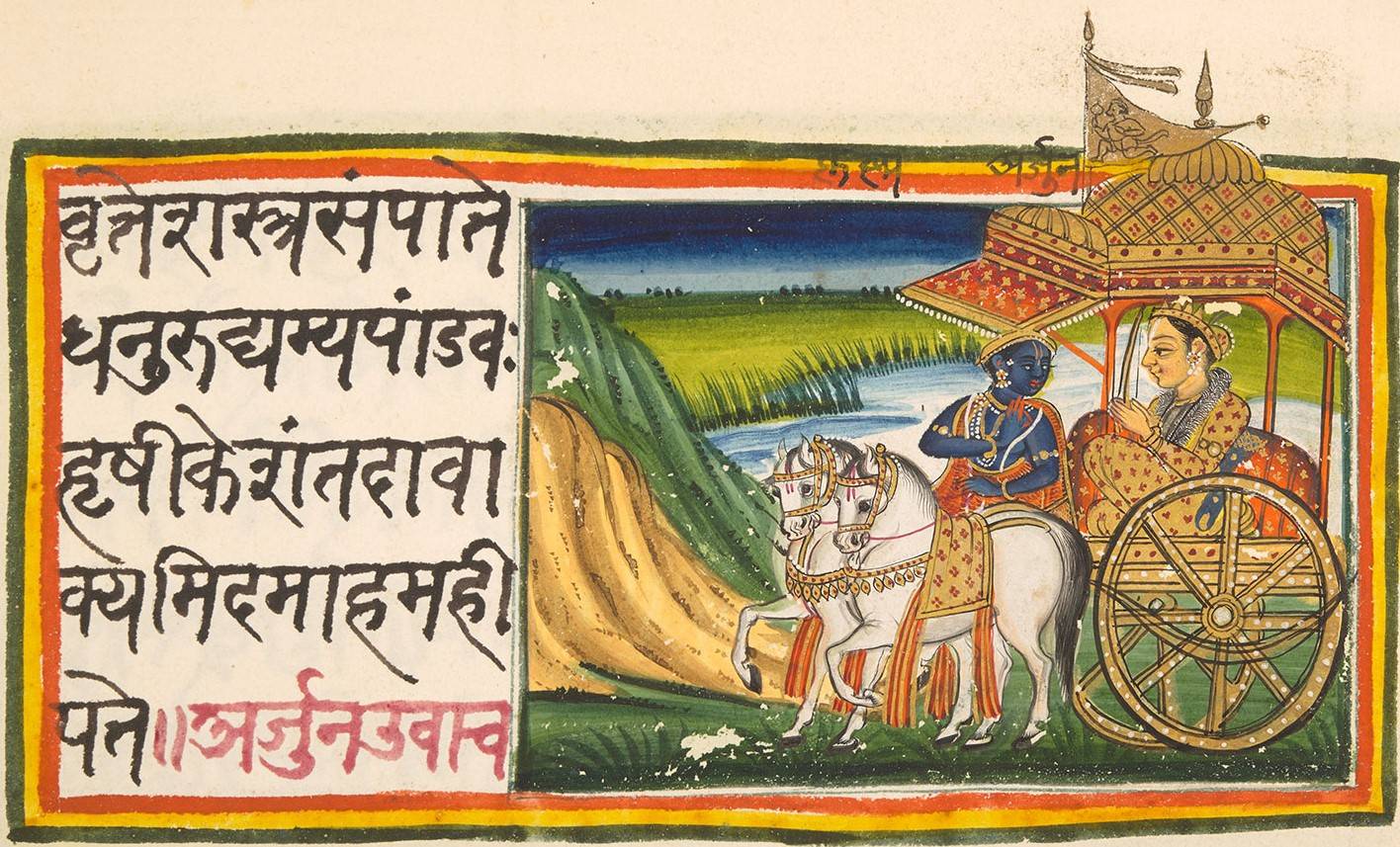It is hard to pinpoint when the Indo-Aryan tongues initially got recognizable as dialects. About the tenth century CE, Sanskrit was as yet the language of high culture and genuine writing, just as the language of custom. At the turn of the thousand years, there started to show up, at various occasions during the resulting a few centuries, the dialects presently known as the local dialects of the subcontinent—Hindi, Bengali, Kashmiri, Punjabi, Rajasthani, Marathi, Gujarati, Oriya, Sindhi (which didn't build up an obvious writing), and Assamese. Urdu didn't create until some other time.
The writings in their beginning phases show three qualities: initial, an obligation to Sanskrit that can be found in their utilization of Sanskrit vocabulary and symbolism, their utilization of legend and story protected in that refined language and every now and again in their adjustment to standards and qualities set forward in Sanskrit writings of poetics and theory; second, a more subtle obligation to their nearby Apabhramsha past (lingos that are prompt archetypes of the cutting edge Indo-Aryan vernaculars); and, third, local quirks.
The stories in the beginning phases of the advancement of the dialects are frequently fanciful stories drawn from the legends and Puranas of old style Hindu custom. Notwithstanding, in the seventeenth and eighteenth hundreds of years, mainstream sentiments and chivalrous stories were likewise treated in story sonnets. Albeit the topics of the accounts depend on Purana stories, they regularly incorporate materials impossible to miss to the space in which the story was composed.
Notwithstanding subjects, local literary works as often as possible acquired structures from Sanskrit. For instance, the Ramayana shows up in a sixteenth century Hindi form by Tulsidas, called the Ramcharitmanas ("Sacred Lake of the Acts of Rama"). This has a similar structure as the Sanskrit sonnet, however an alternate accentuation. The adapted shows and symbolism of Sanskrit court verse likewise show up, however here too with various accentuation—for instance, in crafted by the fifteenth century Maithili (Eastern Hindi) verse artist Vidyapati. Indeed, even the to some degree esoteric logical theories of the Sanskritic graceful schools of investigation were utilized as recipes for the creation of seventeenth century Hindi court verse. The Rasikapriya ("Beloved of the Connoisseur") of Keshavadasa is a genuine illustration of this sort of masterpiece.

